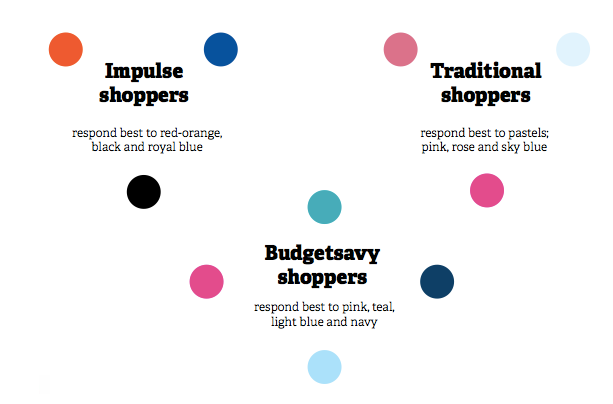Business Development
Sensory Branding in Marketing
Sensory branding has the potential to refurbish marketing strategy. It stands out unique because of its interactive way to win audience attention. It influences the behavior of customers by appealing to their senses. It wins customers’ attention and trust by appealing to each of their senses. In other words, it is all about providing a complete experience to the customer. Sensory branding is suitable to a variety of industries. One can apply sensory branding by following the strategies given below:
- Getting Emotional with Customers
Since emotions play more role in marketing today than it did ever before, an emotional appeal will make customers believe in a brand.
- Playing on the Sense of Smell
Pleasant smells can create positive memories and improve mood by 40%. However, smells should not be overwhelming as it has the potential to repulse customers.
- Playing on Sound
Sound cannot be taken out of your head. Jingles or a slogan played in a store would make customers have an exclusive shopping experience.
- Playing on Touch
Sensory marketing can take advantage of texture to ensure that products feel worthy in a customer’s hand.
- Playing on Sight
Advertising graphics and creating a color scheme is a great way of sensory branding.
Thus, Sensory marketing places the customers’ experience at the forefront wherein the interactions with customers become more meaningful and compelling.

Source: enrichwise.com
References
- Rydning, D. R. J. G. J. (2018). The digitization of the world from edge to core. Framingham: International Data Corporation.
- Thalmann, S., Fessl, A., & Pammer-Schindler, V. (2020). How large manufacturing firms understand the impact of digitization: ALearning Perspective.
